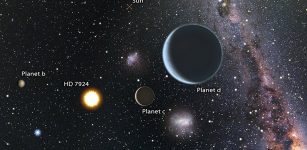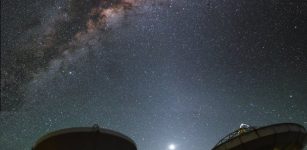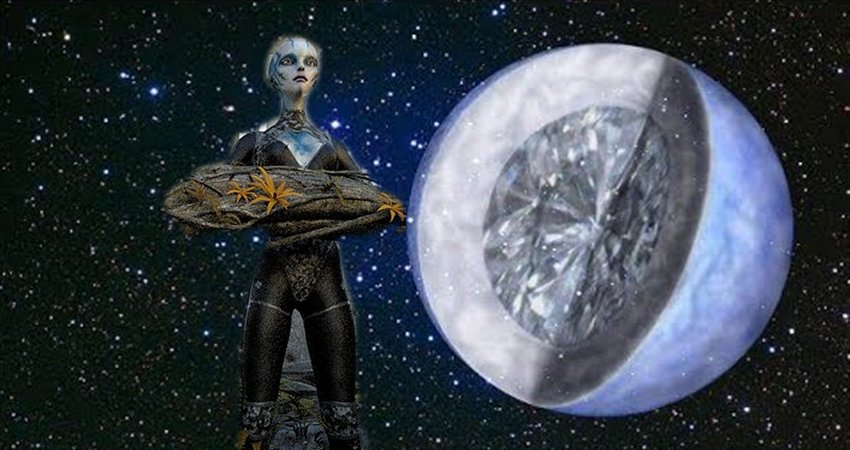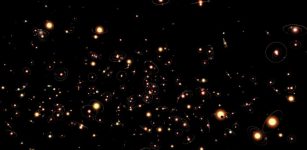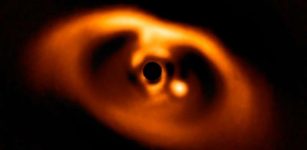Virtual Reality Simulation Of A Supermassive Black Hole- Created
MessageToEagle.com – The black hole at the centre of our galaxy, Sagittarius A*, has been visualised in virtual reality for the first time.
Recent astrophysical models of Sagittarius A* have been used to create a series of images that were then put together to create a 360 degree virtual reality simulation of the black hole, that can be viewed on widely available VR consoles.
The authors – from Radboud University, The Netherlands and Goethe University, Germany – suggest that this virtual reality simulation could be useful for studying black holes.
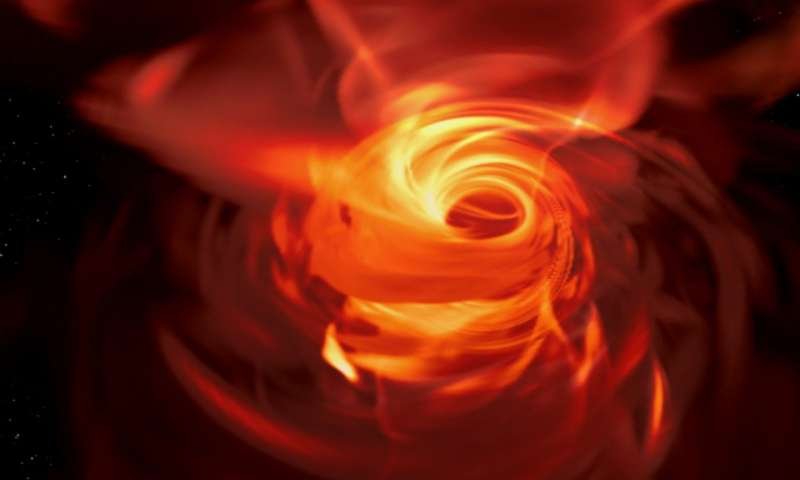
“Our virtual reality simulation creates one of the most realistic views of the direct surroundings of the black hole and will help us to learn more about how black holes behave,” said Jordy Davelaar, corresponding author.
“Traveling to a black hole in our lifetime is impossible, so immersive visualizations like this can help us understand more about these systems from where we are.”
The authors also suggest that the virtual reality simulation could help encourage the general public, including children, to take an interest in astrophysics.
“The visualisations that we produced have a great potential for outreach. We used them to introduce children to the phenomenon of black holes, and they really learned something from it. This suggests that immersive virtual reality visualizations are a great tool to show our work to a broader audience, even when it involves very complicated systems like black holes,” Davelaar explained.
“We all have a picture in our head of how black holes supposedly look, but science has progressed and we can now make much more accurate renderings — and these black holes look quite different from what we are used to,” added Heino Falcke, Professor at Radboud University.
“These new visualisations are just the start, more to come in the future.”


